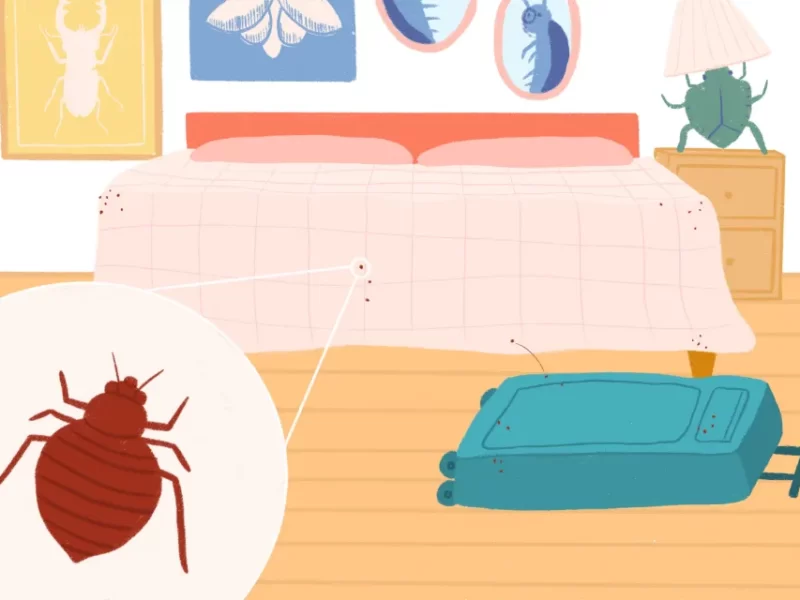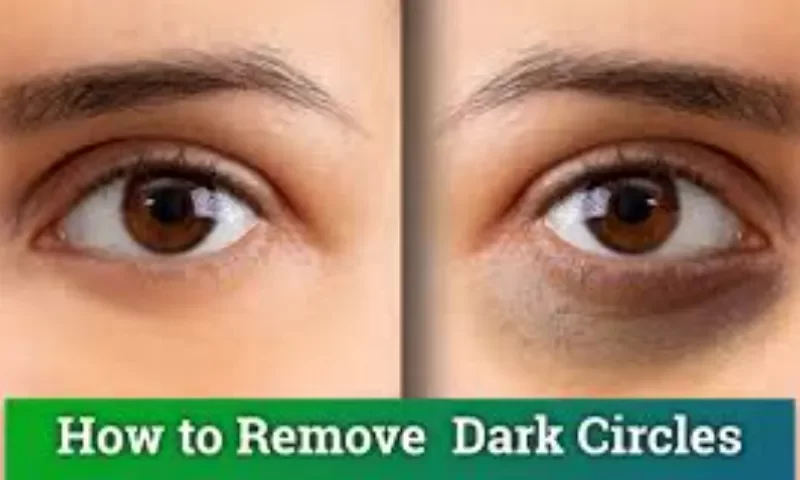Individuals with respiratory conditions like asthma and COPD as well as those who have trouble breathing are treated by respiratory therapists. You might not want to (or be able to) spend years in medical schools, like many aspirant healers. How long is the respiratory therapist training program? If you want to get your associate’s degree, it takes at least two years. For more information on respiratory therapists, read this article.
The Definition Of Respiratory Therapy
Patients who have breathing problems are examined as part of respiratory therapy. Chest exams must be performed by a respiratory therapist, who will also develop a treatment strategy to address any issues or illnesses with the lungs.
Respiratory therapists prioritize diagnosing lung conditions and breathing issues over managing breathing apparatus and monitoring blood oxygen levels.
What Qualifications Do Respiratory Therapists Require
To collaborate closely with patients and medical professionals, respiratory therapists require both hard and soft skills. Typically, an associate degree program with anatomy, physiology, and math courses will help students acquire the necessary hard skills.
Soft skills are more concerned with a respiratory therapist’s bedside manner and interpersonal skills. Important soft skills or qualities noted by the BLS include:
- Compassion
- Attention to detail
- Interpersonal skills
- Patience
- Problem-solving ability
The Work Of A Respiratory Therapist
Patients who have breathing problems receive treatment from a respiratory therapist. Patients with respiratory conditions like pneumonia, lung cancer, cystic fibrosis, bronchitis, or emphysema may receive care from respiratory therapists.
Their patients range in age from young children with lung development problems to elderly people with breathing problems. In addition, respiratory therapists offer emergency care to patients experiencing shock or heart attacks.
Respiratory therapists typically perform the following tasks:
- Check patients with breathing or cardiopulmonary disorders
- Create patient treatment plans with the help of physicians
- Administer diagnostic tests, such as taking lung capacity measurements
- Care for patients using various treatment methods, such as chest physiotherapy and aerosol medications
- Observe and track patient progress
- Educate patients on medication and equipment used
Respiratory therapy is a rewarding career, but you should be aware that it is also fast-paced, physically demanding, and frequently requires you to carry a beeper and respond to emergencies in the emergency room, ventilator alarms in the intensive care unit, or codes throughout the hospital.
Respiratory Therapists’ Places Of Employment
In medical settings like hospitals, diagnostic labs, or physician’s offices, respiratory therapists typically work. Respiratory therapists typically work in hospitals, but there are a variety of other places they can be found, such as:
- Doctor’s Offices
- Educational Institutions
- Hospitals
- Nursing Homes
- Patient Homes
- Rehabilitation Facilities
- Sleep Disorder Testing Centers
Training Period To Become A Respiratory Therapist
If you earn your associate’s degree, the respiratory therapy certification process takes at least two years. A bachelor’s degree in the area, which normally requires four years to complete, is preferred by many employers.
To become a certified respiratory therapist, you must also have practical clinical experience. Aspiring therapists must complete all respiratory therapist education requirements, including lab, simulation, and clinical experiences in hospitals before they can pass a credentialing exam and become licensed to work in their home state.
So how long does it take to become a respiratory therapist? From beginning to end, the process could take up to four years, including earning your Bachelor of Health Science in Respiratory Care degree and getting your license.

In the medical industry, there is a high demand for respiratory therapists, making it a rewarding career.
How To Become A Respiratory Therapist
Complete Your Degree In Respiratory Care
You should take into consideration successfully completing the coursework necessary for a bachelor’s degree program in respiratory care to provide the best career opportunities.
Clinical respiratory care, procedures, pharmacology, pathophysiology, mechanical ventilation, and advanced respiratory theory are typically covered in the bachelor’s degree curriculum.
A competency assessment that demonstrates the acquisition of the abilities and qualities necessary for success in the respiratory care industry is often required by programs.
Additionally, to gain experience in this crucial area of medicine, you will need to complete clinical hours.
Pass The Credentialing Examinations
The next step in the process of learning how to become a respiratory therapist is typically becoming a Certified Respiratory Therapist. The test necessary for receiving this certification is given out by the National Board for Respiratory Care (NBRC).
This multiple-choice examination assesses your general knowledge and provides routes to credentials at the entry-level and advanced levels:
- You must first take the NBRC Therapist Multiple Choice Examination. If you pass with a score below the cutoff, you will receive the Certified Respiratory Therapist (CRT) credential, which is the entry-level credential.
- You can take the Clinical Simulation Exam if you successfully complete the Multiple Choice Exam with a score above the upper cutoff.
- The highest level credential of professional practice in this field, the Registered Respiratory Therapist (RRT) credential, will be given to you after you pass the Clinical Simulation Examination.
Even though all of the aforementioned credentials can be used to show that a person is eligible for licensure, it is obvious that higher-level positions in the medical industry demand that the applicant holds the Registered Respiratory Therapist credential.
Apply For And Obtain A State License
Every state in the United States. except Practitioners of respiratory care in Alaska are required to hold a license. To be eligible for licensure in these 49 states, students must have earned a minimum of an associate’s degree.
Most states require background checks for applicants for licenses, and some also grant trainee licenses to students enrolled in accredited respiratory care programs.
Start Your Job Search
Although starting a job search for a position in respiratory therapy may seem difficult, we have some advice that will help you be more successful. Prior to interviewing for any open positions, you should give top priority to developing your resume.
In your resume, be sure to list any academic honors you have received, any clinical experience you have had, and any community service you have performed.
Additionally, you ought to practice interviews so that you are ready to respond to inquiries about your expertise in respiratory therapy or prior experience.



